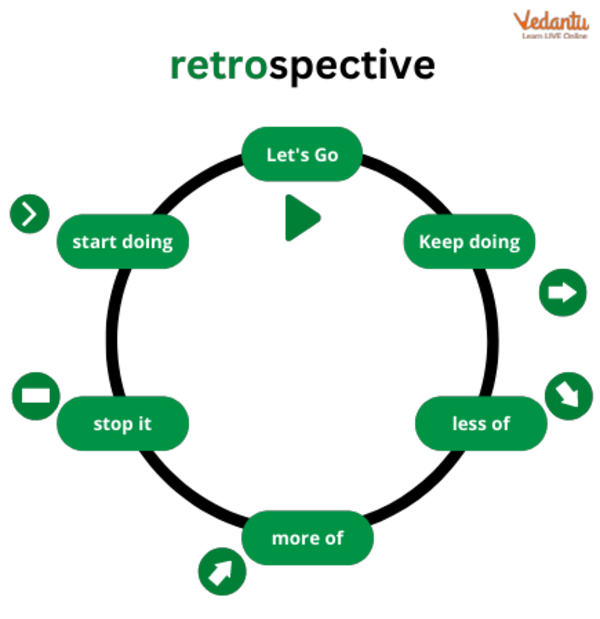




Knowing About the Retrospective Effect
What is the retrospective effect? When a change is implemented that affects the past in addition to the present and the future, it is called a retroactive change. If the corporation makes a change in its accounting standards, for instance, such change must be treated as a change of method with a retrospective effect. To present the financial information for the current year by the new accounting principle, any past periods included in the current year's income statement will need to be revised. To implement a new principle retroactively is to treat the financial outcomes of prior periods as though the new concept had always been in effect.

Defining the Term Retrospective
Defining Change in Method of Depreciation

Changes in Depreciation Methods
Depreciation is the loss sustained each year from not recouping the cost of an asset out of the asset's future cash flows. It is the equivalent of the asset's current value divided by its useful life. Depreciation methods are: straight-line and written-down values.
If there is a change in the expected future economic advantages to the firm from a particular asset, the company may decide to switch to a different depreciation method. Accounting Standard 1-Disclosure of Accounting Policies states stated while a firm's accounting guess would alter due to a shift in depreciation technique. This does not constitute a policy shift on the part of the business.
Any change in the method of depreciation in a firm must be noted in the notes section of an income statement. The corporation must additionally provide full disclosure of the rationale and financial impact of the specific adjustment. When a company wants to modify how it accounts for its assets' depreciation, it may do so; however, it must explain why it wants to make the amendment and give documentation to back up its argument. When approved, the corporation must provide a footnote in the financial report explaining the decision to switch depreciation methods and providing supporting documentation.
Necessary Actions for Retroactive Application
When an accountancy principle is changed, it must be applied back to all past periods unless doing so would be difficult or impossible. Below are the necessary actions for a retroactive application:
Incorporate the cumulative impact of the adjustment on preceding periods into the carrying values of assets and debts at the start of the initial period for which financial statements are provided.
Make a corresponding adjustment to the retained profits balance at the start of the first reporting period.
Incorporate the new accounting standard into all previously reported income statements. All income tax consequences directly attributable to the underlying principle change of method with retrospective effect are included in the scope of these retroactive amendments.
There is no need to back-calculate to account for unintended consequences in the financial statements.
Conclusion
Companies employ depreciation procedures to pay for both employee and collective expenditures. To make reliable financial projections, a company may need to adjust its depreciation practices in response to a shift in how those benefits are used in the economy. Adopting a new accounting standard using a complete retrospective technique requires recasting revenues and expenses for all previous periods introduced in the year of acceptance and calculating the cumulative effect of the newly adopted standard from the start of the first historical period introduced.
FAQs on Understanding Retrospective Effect in Law
1. What to consider while changing the depreciation method?
It is unnecessary to make backdated adjustments when an accounting estimation, like depreciation, is revised. It's easy to switch to the new system this year and keep using it for the rest of the asset's depreciable period. This avoids the need to restate the financial statements and balance sheets from prior years to represent the adjustment. If you change your mind about the asset's expected future advantages or learn about the asset's typical consumption pattern, you may want to switch the depreciation method you're using.
2. What do you mean by reporting a change in depreciation method?
If you want to change the depreciation method you use for a fixed asset, you must file IRS Form 3115, a change of method with retrospective effect in the accounting method. Your action requires a basis and any relevant documentation. IRS Form 3115 will provide you with a list of acceptable forms of evidence. You should seek the assistance of a tax professional or accountant to finish the form. An accompanying footnote explaining the decision to switch to a retrospective effect in depreciation must also be included in the financial report.
3. When is an accounting method revised?
A company should follow the transition criteria outlined in a new accounting standard if the first use of that standard requires it to alter its accounting policy. Use a new accounting standard backward if there aren't any transitional restrictions. With a retroactive application, the books are altered as though the new accounting policy has always existed. Thus, the beginning equity balance among all reported periods reflects the change. In certain circumstances, it's impractical to evaluate the retroactive impact of a policy change.





















